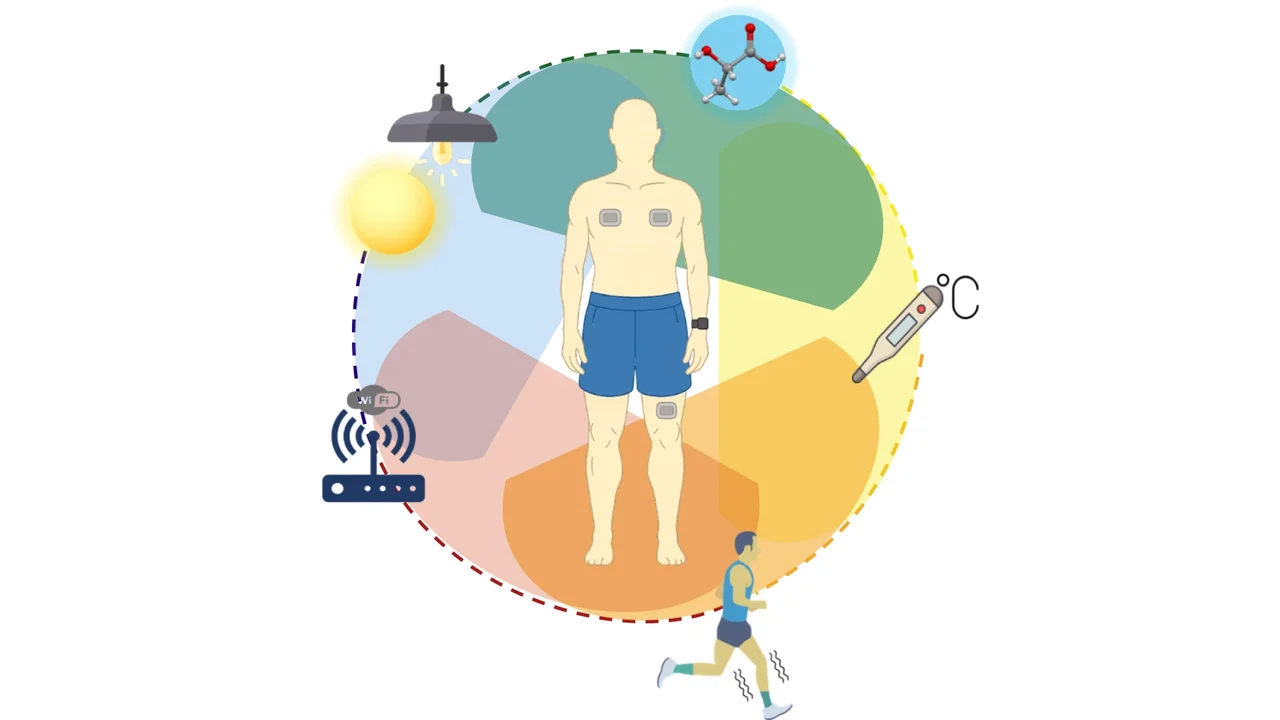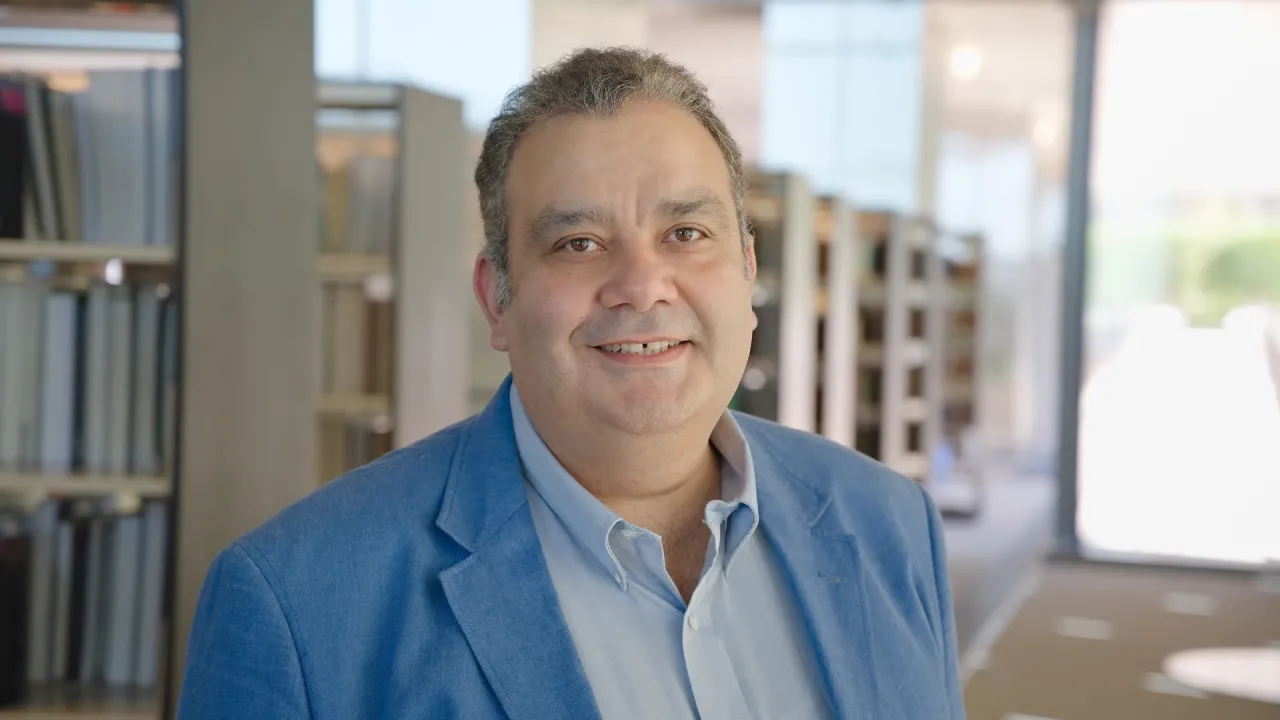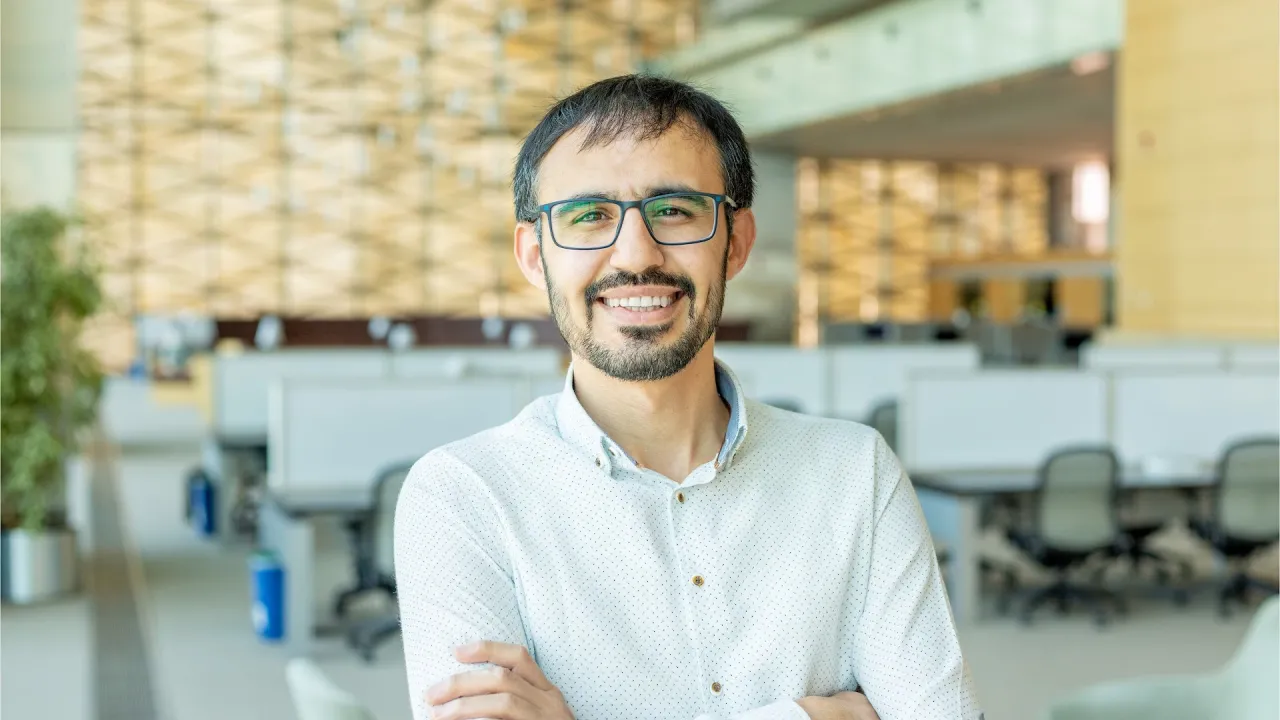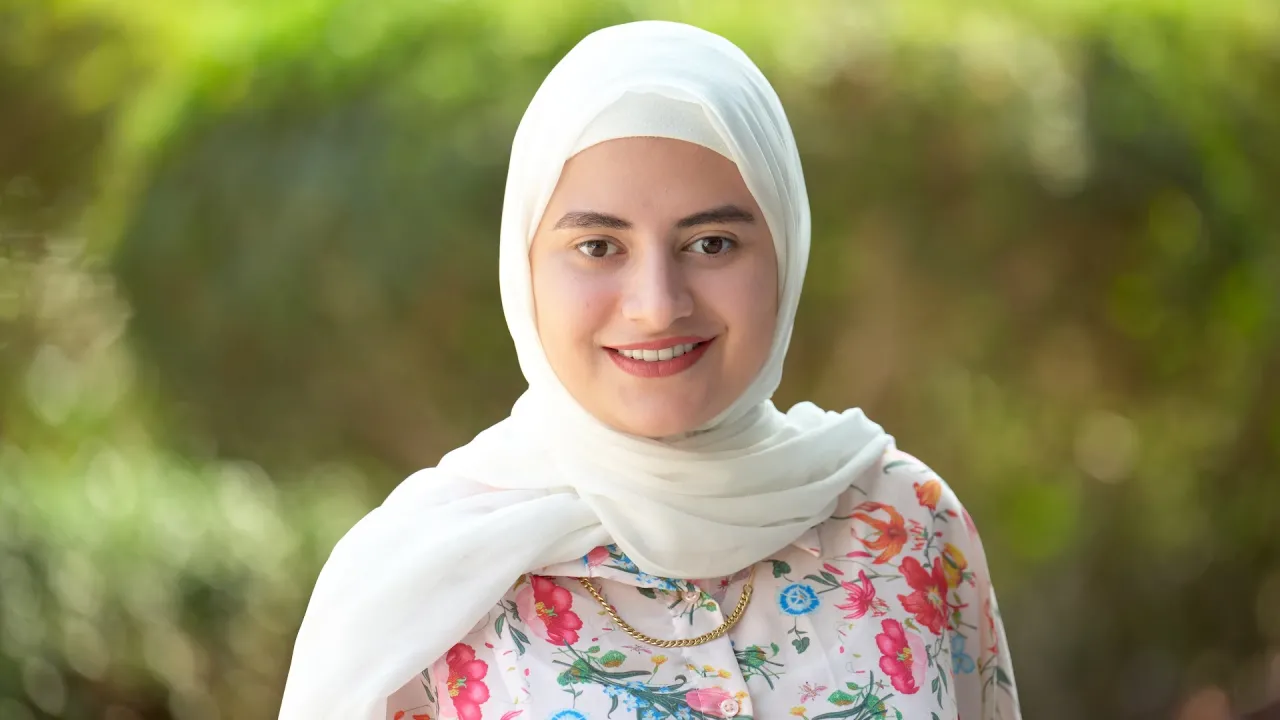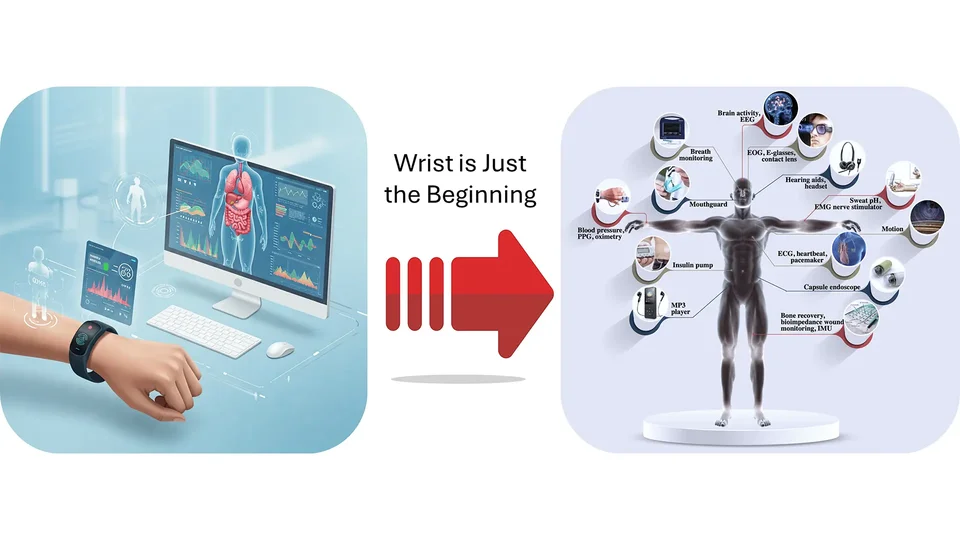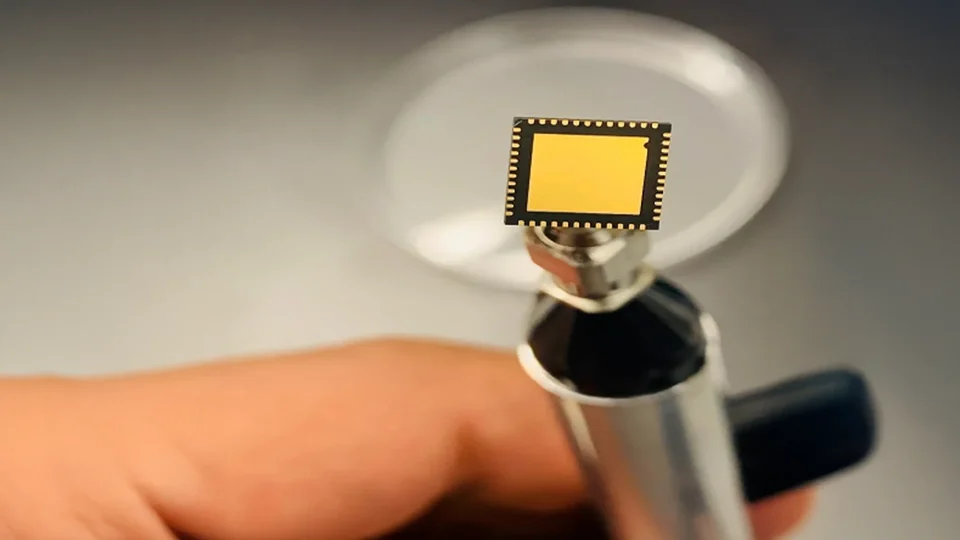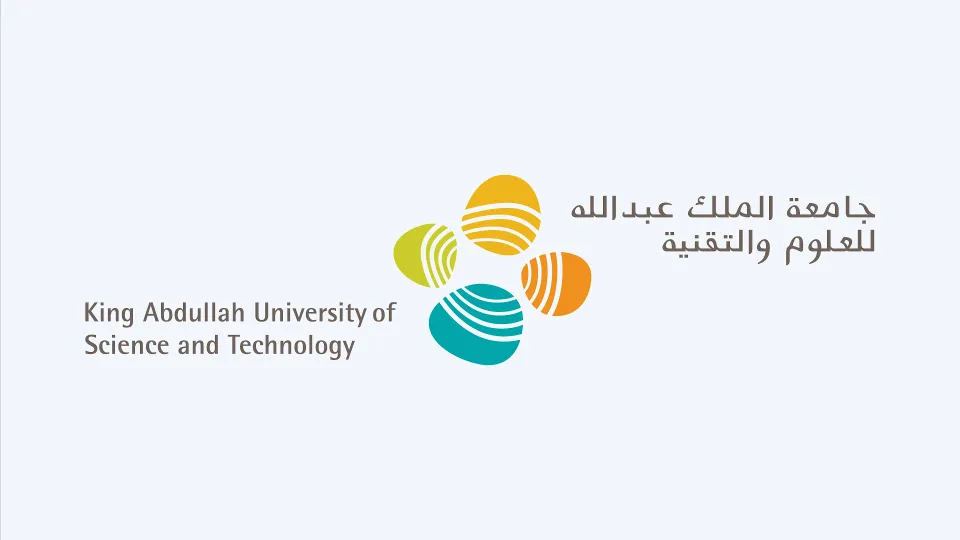
On-Body HBC Networking
Overview
To advance innovations in next-generation Internet of Bodies (IoB) networks, there is a growing need for miniature, ultra-low-power devices capable of continuous and reliable operation. This need has led to a surge of interest in Human Body Communication (HBC), where nodes exchange messages directly through the human body as a secure and energy-efficient medium. With evidence showing that HBC can achieve up to 100× lower power consumption compared to conventional RF technologies, our research focuses on developing novel communication and networking techniques that facilitate connectivity over HBC while meeting stringent energy and quality-of-service (QoS) constraints. The following projects highlight two complementary directions: capacitive body access schemes and transmission policies for energy-harvesting networks, which together provide solutions for enabling sustainable and reliable HBC-enabled IoB systems.
System Model
In the considered system model, K on-body sensor nodes communicate with a wearable smartwatch, i.e., the hub, which is responsible for coordinating both on-body and off-body communications. The nodes are located on the body based on the requirements of the underlying application. The network operates in a time-slotted manner and supports both uplink (UL) and downlink (DL) transmissions.
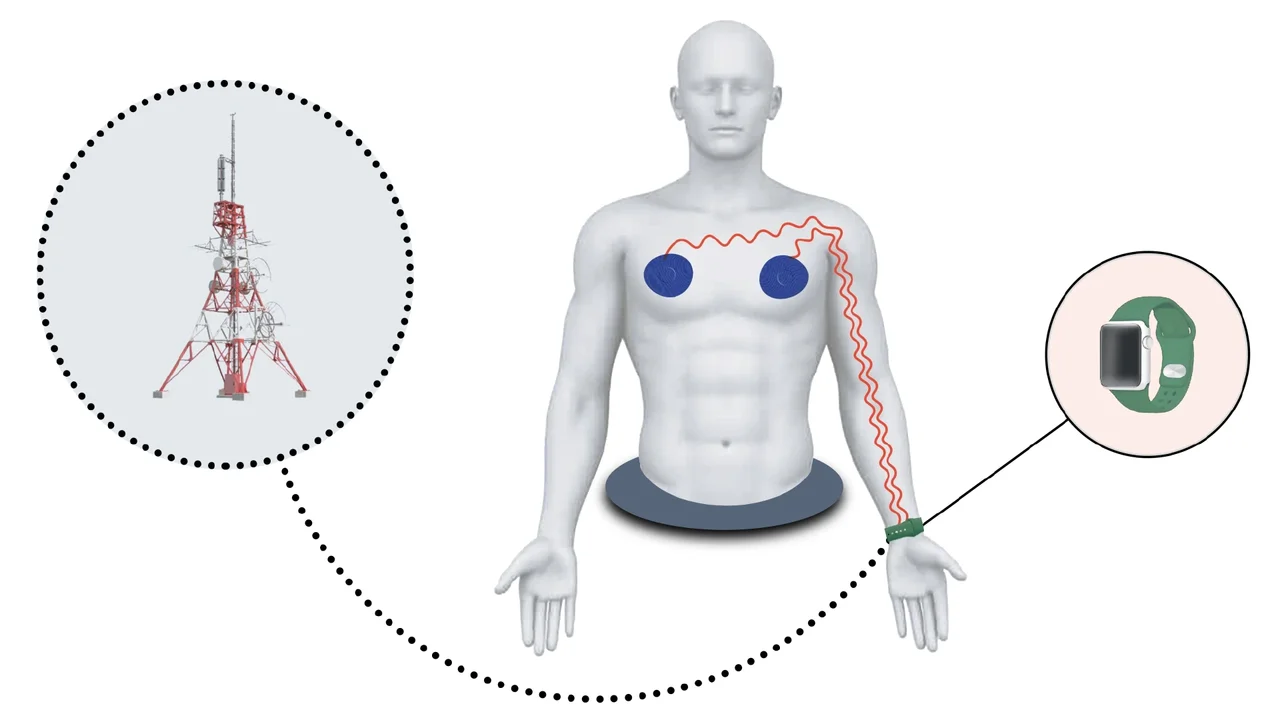
Body Access Schemes
This work aims to facilitate networking over the HBC channel by investigating orthogonal and non-orthogonal body access schemes (OBA and NOBA, respectively). In OBA, multi-user interference (MUI) is mitigated by allocating bandwidth orthogonally among sensors. In contrast, NOBA allows all sensors to access the full bandwidth simultaneously and eliminates MUI through power-domain multiplexing combined with successive interference cancellation (SIC). With properly selected power weights, NOBA can exploit the available bandwidth more efficiently, thereby supporting a larger number of nodes. To this end, we propose closed-form power allocation schemes that minimize network power consumption while satisfying QoS requirements. These schemes are further extended to relayed communication, where transmission occurs in two phases and the node with the highest channel gain serves as the relay. For this setting, we develop low-complexity algorithms that jointly optimize power allocation and phase-time tranmission. Through extensive analysis and simulation, we identify the operational limits of all schemes, revealing fundamental trade-offs between power consumption and number of nodes supportable under a given QoS that are critical to meeting application-specific design goals.
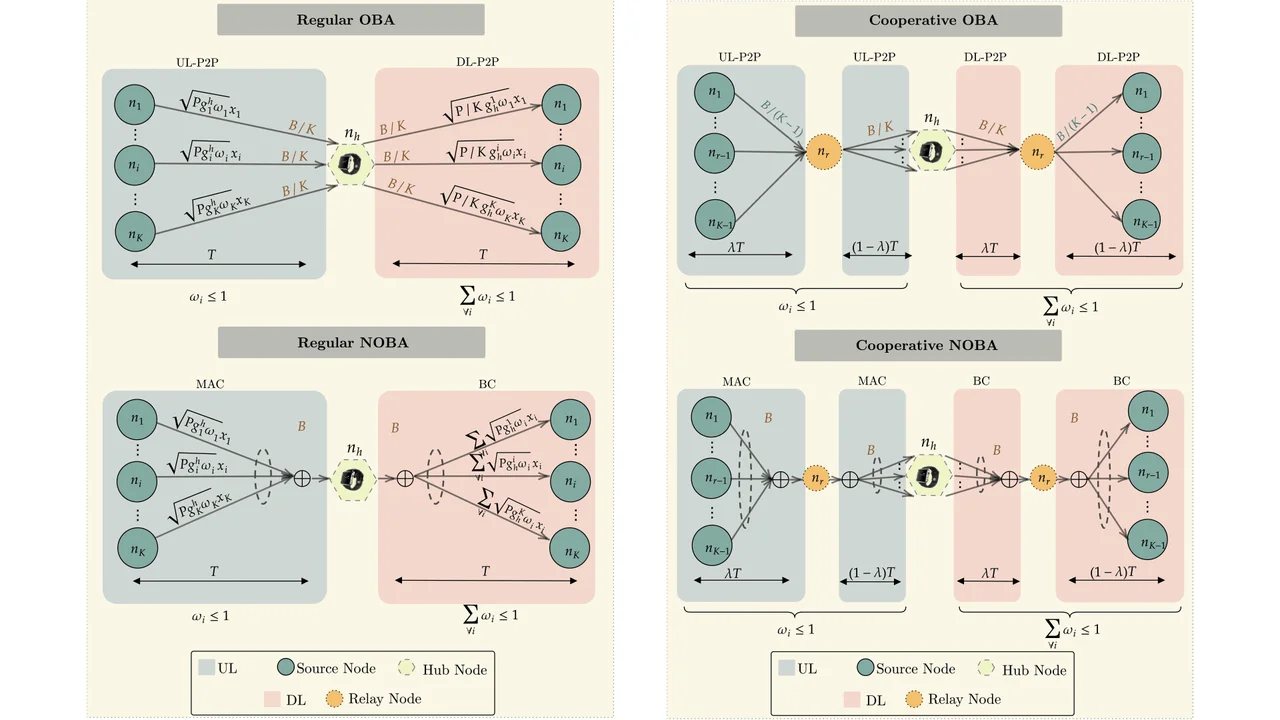
Transmission Policies for Energy Harvesting Networks
The evolution of IoB networks requires energy self-sustainability, with nodes capable of recharging their batteries through diverse energy harvesting technologies, including triboelectric, piezoelectric, thermoelectric, photovoltaic, and RF-based sources. Accordingly, with a focus on ECG sensor networks, novel transmission policies are developed to optimize operation and extend network lifetime by accounting for harvested energy, battery status, and data buffer dynamics. These policies include low-complexity dynamic distributed schemes, which make real-time decisions based on the current state of each sensor, and artificial intelligence based scheduling strategies, which learn long-term patterns to balance energy use and data delivery.
